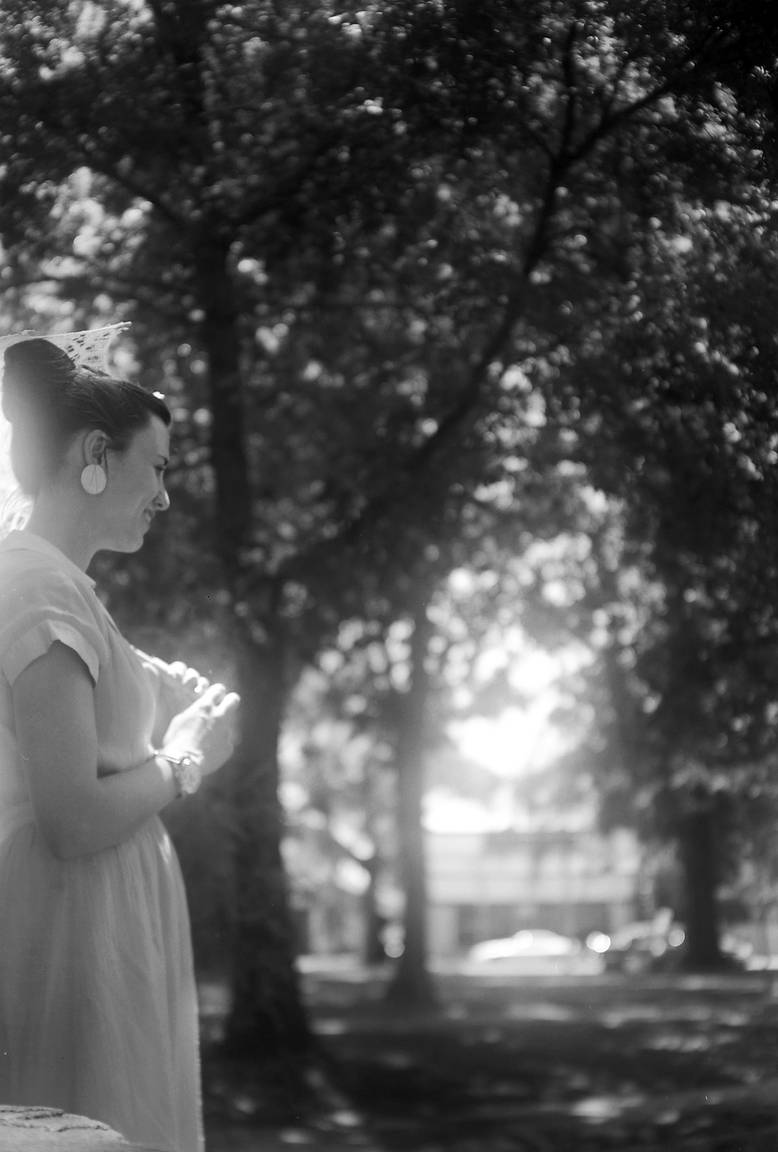Vintage Camera Reviews: Kodak Autographic
1 19 Share TweetThe Kodak Autographic is the first really old camera I bought. I found this in a consignment store for $40. It was in pristine condition and came with its original leather case. I didn’t really know how it worked and had no idea that this nearly century-old camera would kick off a passion for collecting, fixing, and shooting with vintage cameras.
The Autographic System
What I bought was a No. 1 Autographic Kodak Special Model B, produced for a few months in 1921. A lot of other Autographic models were made and you can find them on eBay for anywhere between $20 to $40 depending on the year it was built and of course its condition. The less expensive models have cheaper lenses and less settings. Nearly all the larger models use 120 film, although some do use 620 and the smaller vest-pocket size Autographic uses 127.
The Autographic system was launched in 1914 by Kodak with the idea that you could write information on the film at the time of exposure. The system was patented by Henry Jaques Gaisman and George Eastman purchased the rights to use it in the US. Unlike other roll films, the autographic films had a tissue-like carbon paper sandwiched between the film and paper backing, allowing information to be etched onto the film. Text was written using a metal stylus and would appear on the negative. It turns out the Autographic system was never very popular and was discontinued in 1932.
Although considering the number of Autographics available I speculate that the cameras were popular for taking pictures even if the Autographic function wasn’t much used.
Shooting with the Autographic
Typical of folding cameras, the Autographic uses a viewfinder offset from the lens for framing. It’s meant for lining up a shot rather than actual viewing. Like all rangefinders, it suffers from parallax error, which you have to account for when shooting. The viewfinder can be twists to the side as well for shooting in landscape orientation. When the camera is in vertical position, there is a small stand to keep the camera upright. The aperture and speed settings are on the front of the lens. The shutter has to be cocked with a lever and fired with either a button or an attached trigger.
This particular model has aperture settings of 4.6 to 32 which is the widest range of apertures I have on any of my vintage cameras. It also has the smallest f-stop. I found shooting at the f/32 setting great for long exposure shots.
Here are more photographs taken with the Kodak Autographic:
Mark Hannah (@kangiha) is an art director and analog photographer who primarily shoots with vintage cameras and false color films. This article was originally published on Medium .
written by Mark Hannah on 2016-07-01 #gear #vintage-camera-reviews






























One Comment